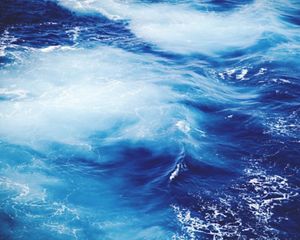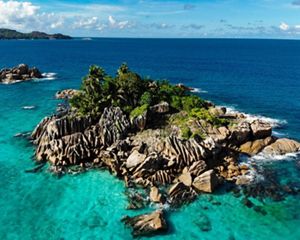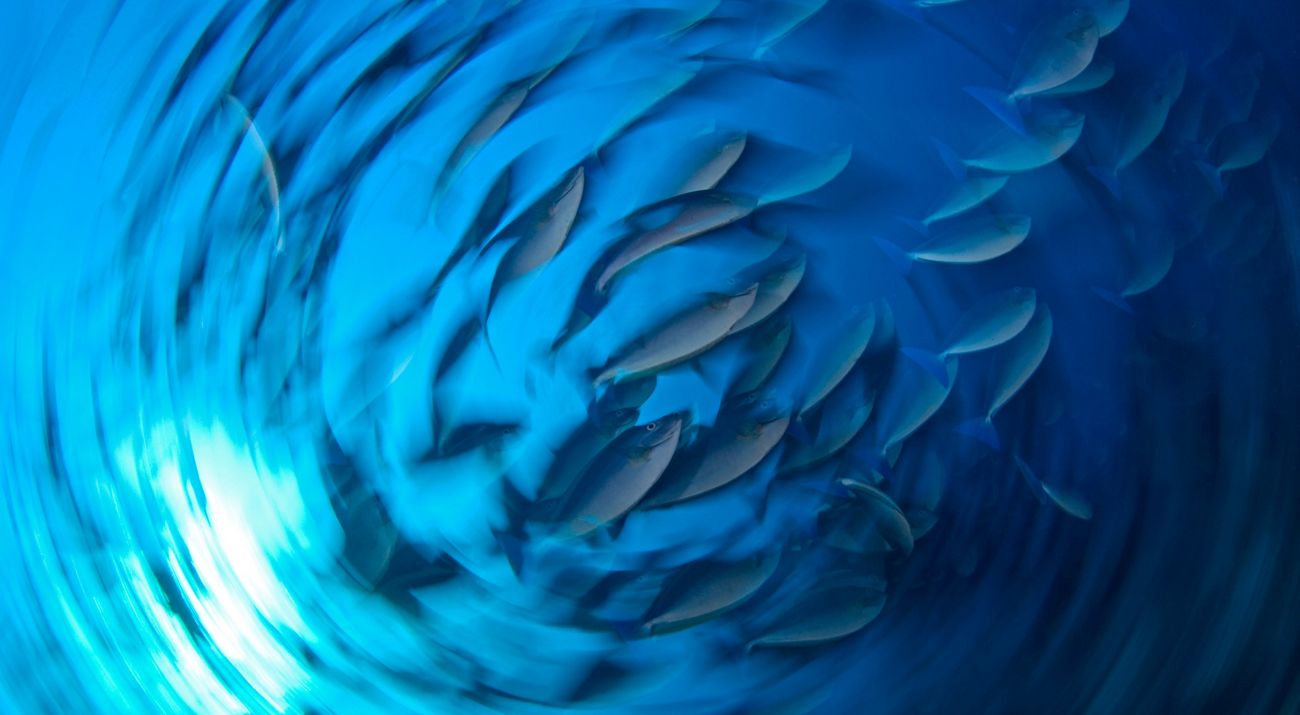
I grew up in Greece, surrounded by the Mediterranean Sea. Our family ate snapper, grouper and bluefin tuna. We wrapped sardines in grape leaves and baked them with herbs and tomatoes. Eating fresh, local fish felt as natural as breathing.
I never thought deeply about the fish themselves until 2009, when I was asked to lead Maritime Affairs and Fisheries for the European Commission. Working for the executive body of the European Union, I began to investigate management of Europe’s fish stocks for the first time.
For six months, I studied day and night, reaching out to industry associations, university professors and conservation organizations. What I found horrified me.
In the European Union, we were inflating our fishing fleet through subsidies, which meant we had too many boats fighting for too few fish. Of Europe’s approximately 50 major fisheries, only a handful were being managed well. When I ordered snapper or grouper from a restaurant in Greece, the fish were likely coming from the coast of Africa or some other far distant location because local ones had disappeared. Even our sardines were becoming scarce.
The collapse of fisheries represents one of the greatest challenges that humanity has ever faced. Nearly half of the world’s population—3 billion people—depends on fish as a source of protein. Yet around 85 percent of commercially harvested fishery stocks are at their breaking point. When too few individual fish of breeding age remain, they simply don’t reproduce well—a lose-lose situation for both fishermen and conservationists.
We can fix the crisis in our fisheries. But to do so, we must combine good science with responsible management. That may sound impossible, but I have seen it done—in Europe.
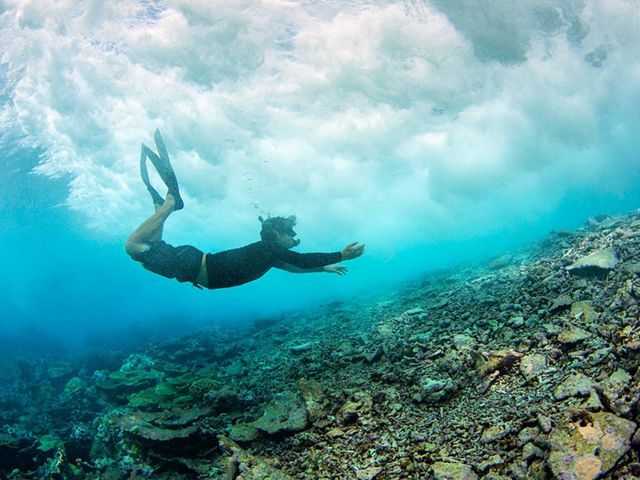
When I first took office, Atlantic bluefin tuna, a hugely profitable species that can weigh up to 1,500 pounds, was practically extinct in the Mediterranean. I championed a move to list it as endangered under the Convention on the International Trade in Endangered Species of Wild Fauna and Flora, which would have led to banning all commercial trade in that species.
That threat prodded regional fishery managers into action, forcing them to set strict quotas on the basis of science. Slowly, bluefin tuna has begun to rebound in the Mediterranean.
Perhaps as important, the European community came to see that it’s not only fishermen who should have a say in policy, but the public, too. We eventually got 28 countries to join in European-wide reforms that required ecosystem-based management for all commercially harvested fish species, from Mediterranean sardines to Atlantic cod. We also set up a blacklist to prevent vessels that had been caught illegally fishing from dumping their fish on European markets. At times, we banned imports from entire countries if they failed to keep illegal fishing in check.
Yet one of the big lessons I learned from this experience is that policy by itself is not enough. The only way humanity can effectively manage this resource is through an international alliance of citizens, scientists, industry and nongovernmental organizations.
This realization prompted me in 2014 to join The Nature Conservancy as the global managing director for oceans. Our goal at TNC is to use the best technology, science and policy ideas to create the right balance between the oceans and the people who depend on them.
Simply put, the way forward is not to fish more, but to work together to fish smarter.
The biggest issue with the way we fish today is that we don’t have enough data to manage our fisheries optimally. Of the world’s 10,000 fisheries, scientists are keeping tabs on fewer than 440. Poor fisheries management is estimated to drain $50 billion per year from the global economy and deprive the world of enough protein to provide 300 million people with their minimum daily requirement. Meanwhile, fishermen end up working harder, burning more fuel and catching fewer fish.
The first and most obvious way to fish smarter is to use better science and new technologies to tackle the data problem. Working with Australia’s Commonwealth Scientific and Industrial Research Organisation and the Science for Nature and People Partnership, TNC has developed a new tool called FishPath to help fisheries managers assess and manage data-poor fish stocks. For example, the tool helps users compare the catch information from local fishermen with the expected catch from an unexploited population, allowing managers to establish optimal fishing levels. More than $450,000 has been invested in developing and testing this approach in Kenya, Palau, Peru and even California.
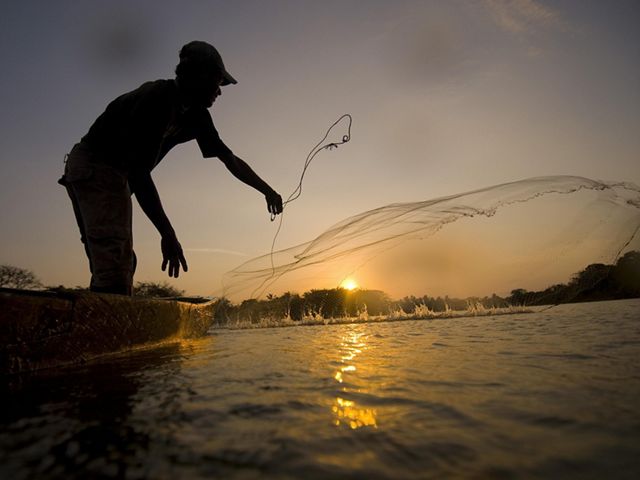
Another tool we are developing is called FishFace, a technology that uses facial recognition software to record the species and numbers of fish as they are brought aboard. Once completed, this tool will be mounted on fishing vessels and could make data collection fast and cheap. Its potential is so impressive that the project recently won $750,000 in the Google Impact Challenge.
The second way we could fish smarter is to help fishermen stop spending their time and money pulling in unwanted species that can’t be sold, otherwise known as bycatch. To address the problem, TNC in February 2016 purchased fishing rights to participate in the long-line tuna fishery in the Pacific island nation of Palau. The Pacific tuna fishery is the world’s largest and is valued at more than $7 billion per year. But in Palau, one-third of what the tuna boats pull in is bycatch—often sea turtles, sharks and rays.
Our TNC team is on a working boat with fishermen, working together to test new methods to reduce bycatch. Are there certain baits or hook designs that are less likely to snag turtles? Can we run fishing lines at different depths or times of day to make bycatch less likely? With the data we collect we’ll be able to help guide fishing policies in Palau and share these results with the tuna industry.
Finally, fishing smarter also means that we need better governance of the oceans, including the high seas. Allowing illegal catches to be sold at cut-rate prices hurts fisheries and harms honest fishing businesses. TNC is working with regional fisheries management organizations to eliminate illegal, unreported and unregulated fishing. There is progress on this front: In June the United Nations’ Port State Measures Agreement went into effect after being formally approved by more than 25 nations—making it the world’s first binding international accord specifically targeting illegal fishing. Although much more work still needs to be done to implement the agreement, it is an important milestone, and it will make it much harder for dishonest fishing operations to operate.
Quote: - Maria Damanaki
Simply put, the way forward is not to fish more, but to work together to fish smarter.
The Conservancy’s goal is to improve fishing practices in 50 percent of the fishing fleets in areas where we are active. That includes getting 20 percent of the longline tuna fleet in these regions to install electronic monitoring devices or observers. We are also working to expand FishPath to more than 100 coastal fisheries. And while we pursue a crackdown on harmful fishing, we are also advocating for market practices that reward people who do the right thing—for example, creating price premiums for the catch coming from boats that provide real-time data on their fishing locations.
In all of this, TNC remains focused on our fundamental mission of protecting the diversity of life on Earth. We have committed more than $100 million to improve ocean conservation and to try to bring 4 million square kilometers, or 1.5 million square miles, of ocean under science-based management. We are investing in research into how best to help fisheries remain viable in the face of climate change. Around the world we are at work in the water, restoring the coral reefs, mangroves, marshes and oyster reefs that provide a haven to juvenile fish, store carbon from the atmosphere, and buffer coastal communities from rising tides and storm surges. We are also pioneering new ways to finance such efforts. For example, we’re helping the Republic of Seychelles redirect portions of its debt to invest in much needed marine conservation (see “Saving Seychelles,” December 2016/ January 2017, page 30).
Sustainable fisheries are part of a global solution to improve food security and promote human well-being—a fact I was reminded of recently when I dined at Hog Island Oyster Co. in San Francisco. Two marine biologists started this sustainable oyster operation in 1983. The company offers a wildly popular product while also meeting rigorous standards for investing in the local community and protecting the environment. Eating its oysters was wonderful—and a useful reminder that we can pull not only food but also thriving economies and cultures from the sea.
Originally Posted on Nature Conservancy Magazine
February 27, 2017
View Original
Global Insights
Check out our latest thinking and real-world solutions to some of the most complex challenges facing people and the planet today.
